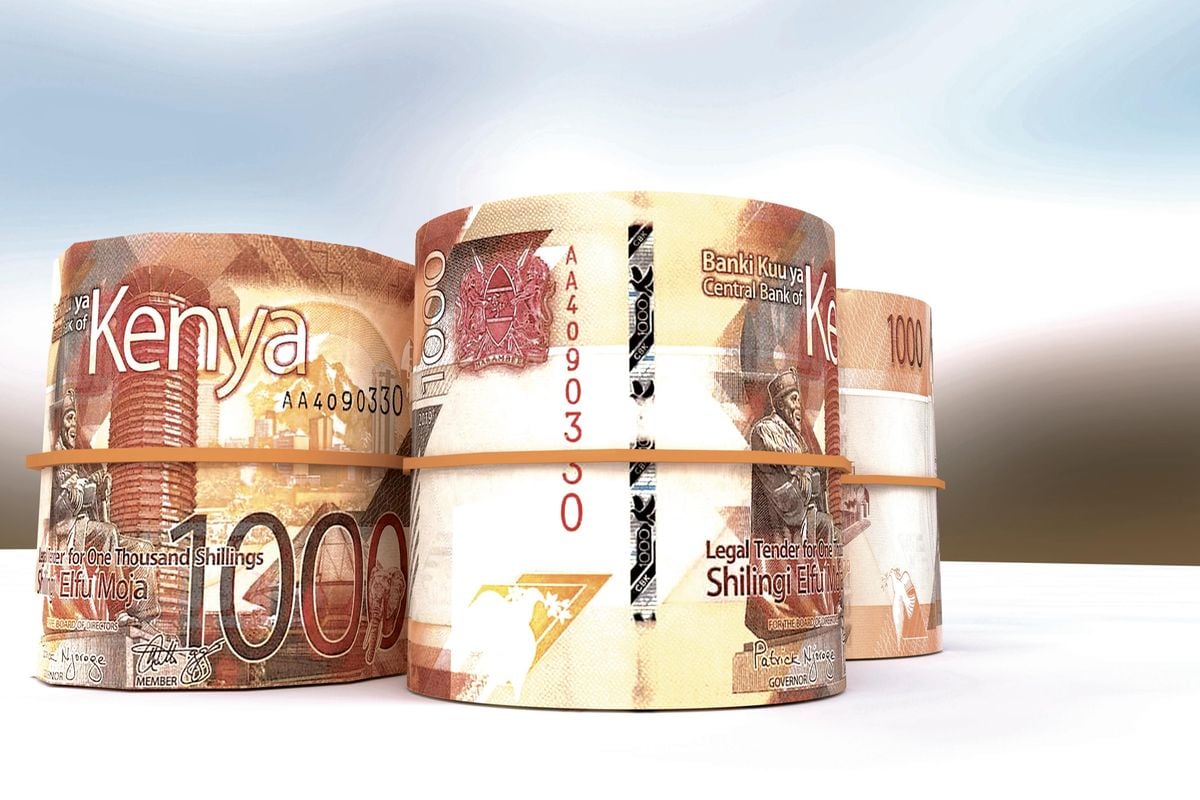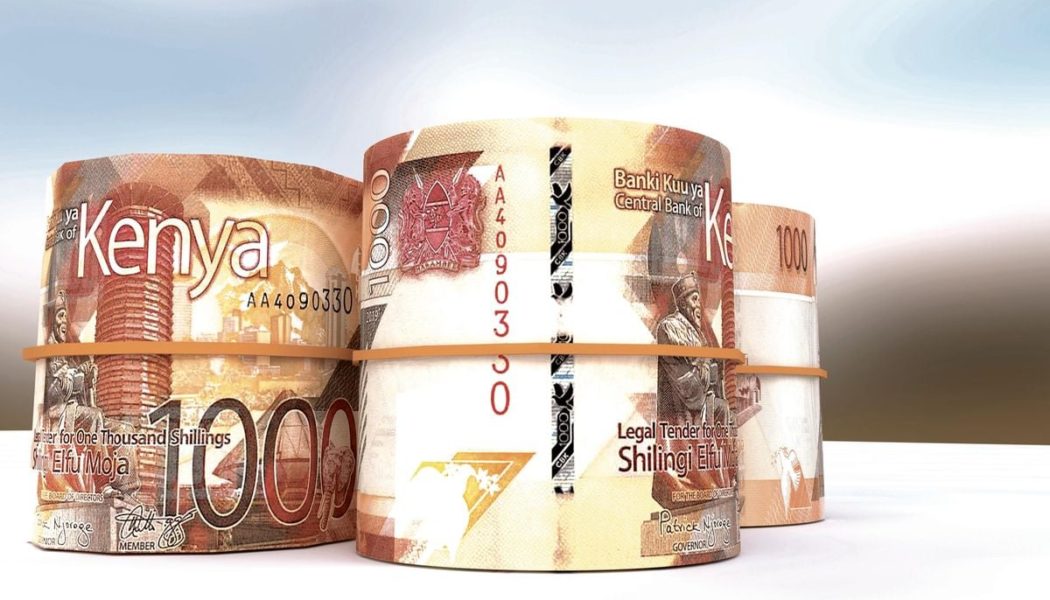
Listed Kenyan banks splashed Sh186.3 billion to attract and retain high-value deposits in 2023 as rising interest rates set up fresh competition among lenders for customer funds.
According to an analysis of the banks’ financial statements covering 12 months to the end of December last year, interest paid out on customer deposits rose by 48.2 percent from Sh125.7 billion in 2022.
The higher returns on deposits are a result of the banks motivating depositors to attract huge amounts of money for onward lending to businesses as well as to the State coming at a time the rates for government securities have hit new highs.
The interest expenses on deposits rose faster than interest income on loans and advances, mirroring an escalation in the payouts to term depositors in contrast to interest charged on borrowings.
Total interest income by the 10 listed banks was up by 35.8 percent last year to Sh465.5 billion from Sh342.7 billion in 2022. This, however, means the commercial banks still made nearly two and a half times more revenue from lending than expenditure sunk into attracting deposits.
KCB Group spent the most in meeting interest expenses on customer deposits at Sh41.8 billion with Equity in second place with payments of Sh33.4 billion to the term depositors.
Nine of the 10 banks raised their interest payments apart from Standard Chartered Bank Kenya which held the costs flat at Sh2.6 billion to signal the lender’s ability to keep deposit costs in check against rising interest rates.
The higher depositors’ payout has been largely attributed to rivalry among banks for term deposits which are usually mainly sourced from high-networth individuals and corporate customers.
“The nature of banking sector deposits in Kenya is that the biggest competition for the funds comes from other banks. Banks have been raising returns on customer deposits to increase their deposits from within the industry,” Standard Investment Bank research analyst Wesley Manambo observed.
Higher interest rates on customer loans and advances across 2023 that was partly supported by the implementation of risk-based pricing nevertheless assured that commercial banks remained flush with cash to meet the costlier deposits.
By the end of last year, commercial banks such as Equity Bank charged as much as 26 percent for loans advanced to its riskiest customers.
The steeper cost of loans served to maintain lending margins for banks even as deposit costs soared.
According to data from the Central Bank of Kenya, the average commercial bank lending rate peaked at 15.2 percent in January 2024, in contrast to 12.77 percent a year prior.
At the same time, the mean fixed deposit rate touched 10.18 percent from 7.47 percent previously.
This implies an interest rate spread of 5.02 percent in January this year— the difference between the average lending rate and deposit rate, down from 5.3 percent in January 2022. Over the long term, commercial banks could face stiffer competition for customer deposits outside of themselves as other asset classes go mainstream.
For instance, collective investment schemes such as money market funds, Treasury bills, and bonds have emerged as alternatives to retail investors seeking cash or near-cash options.
For instance, retail investor holdings of government domestic debt have recently trounced total holdings by insurance companies and parastatals at 12.52 percent.
This places retail behind only pension funds and banking institutions as holders of the State domestic debt. The push for higher returns by this class of investors could over time see alternative investments wrestle it out with banks for customer deposits.









